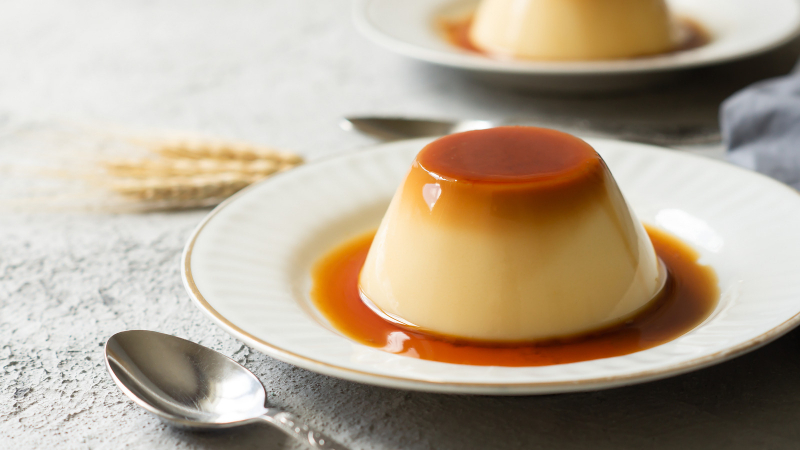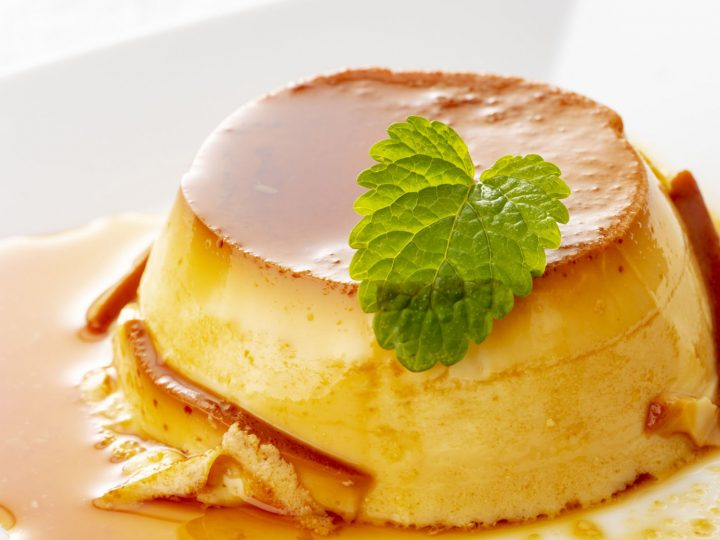Flan
In the sprawling family tree of custard desserts, Latin America's flan is the coolest cousin, blending perfect simplicity with creamy sophistication. A whisper-thin layer of dark caramel tops the dessert, melting into syrupy sauce around the base.
Because the recipe permitted the finished product to be made without refrigeration, it is thought that in medieval civilization, flan was mostly made in the summer. It is also known that the flan made in the Middle Ages had a flour basis and a lot of eggs, which permitted it to be prepared in a short period of time. The basic method of making flan, which calls for components like milk, eggs, and sugar, appears to have changed little from ancient Rome to the present. The European culinary history has mostly kept the same, with some individuals adding cinnamon, lemon peel, and other seasonings; without a doubt, a recipe that will never go out of style.
In Mexico, where the dessert is served everywhere from neighborhood cafes to family celebrations, the silky texture of a classic flan is the perfect foil for a meal with fiery chiles and aromatic spices.
Country: Latin America














